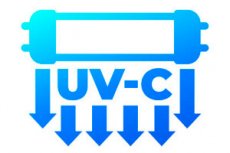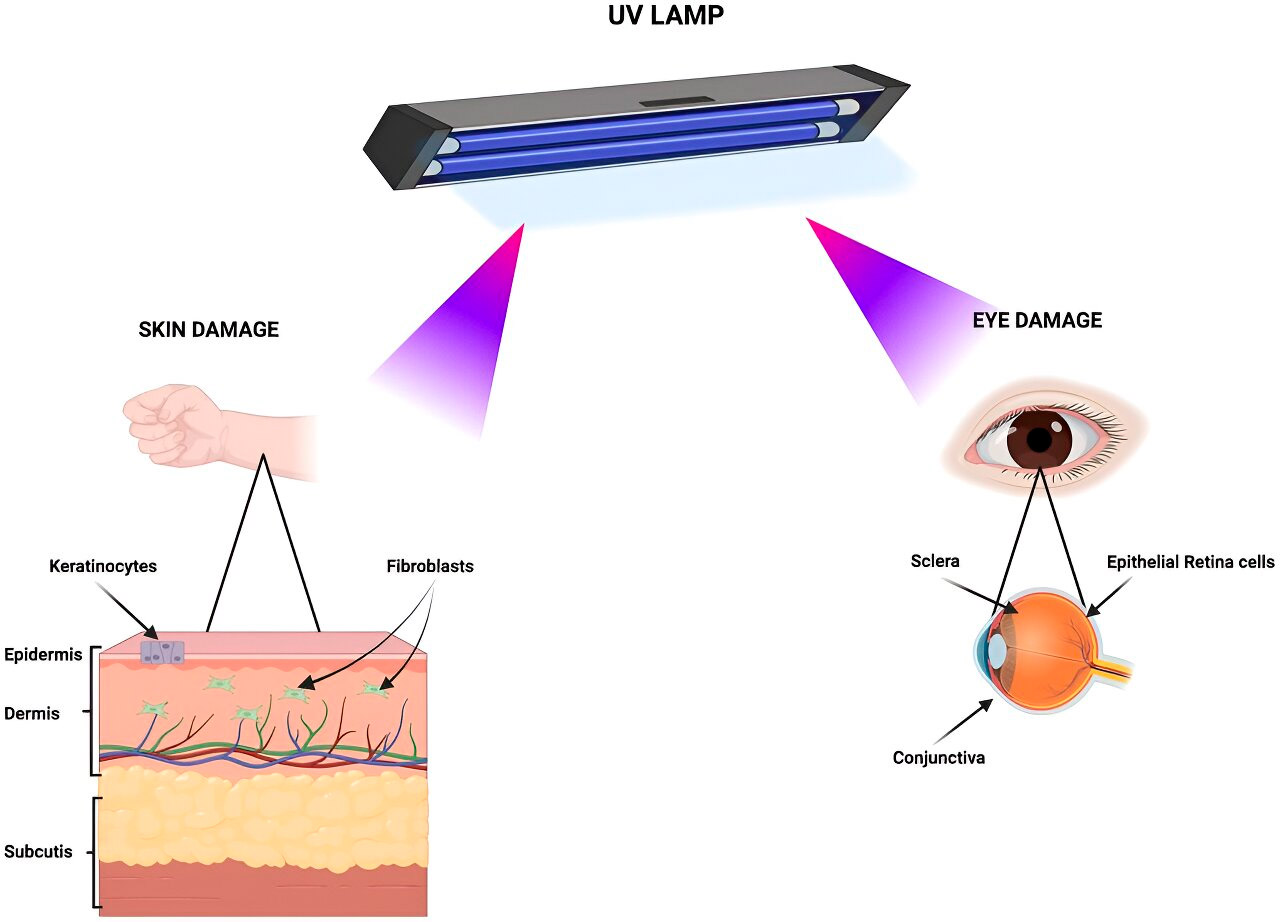New publications
Bactericidal lamps with UV-C radiation can be a health hazard
Last reviewed: 02.07.2025

All iLive content is medically reviewed or fact checked to ensure as much factual accuracy as possible.
We have strict sourcing guidelines and only link to reputable media sites, academic research institutions and, whenever possible, medically peer reviewed studies. Note that the numbers in parentheses ([1], [2], etc.) are clickable links to these studies.
If you feel that any of our content is inaccurate, out-of-date, or otherwise questionable, please select it and press Ctrl + Enter.

The study, titled "UV-C Germicidal Lamps May Possess Health Risks: Biomolecular Analysis of Their Effects on Cell Apoptosis and Senescence," was published in the journal Aging.
The fight against the COVID-19 pandemic has led to a heightened level of vigilance in the global health system and the proliferation of various disinfection methods. Among these approaches, germicidal lamps using ultraviolet (UV) rays, especially UV-C (with wavelengths between 280 and 100 nm), have gained popularity for home use.
These LED lamps are designed to disinfect air, objects and surfaces. However, there is a problem that these UV lamps often appear on the market without sufficient accompanying information to ensure their safe use. It is important to note that exposure to absorbed UV light can potentially cause adverse biological reactions, including cell death and aging.
In this new study, scientists Nicola Alessio, Alessia Ambrosino, Andrea Boggi, Domenico Aprile, Iole Pinto, Giovanni Galano, Umberto Galderisi and Giovanni Di Bernardo from the University of Campania Luigi Vanvitelli, the Regional Public Health Laboratory of Siena, Italy, ASL Napoli 1 Centro PSI Napoli Est-Barra and Temple University conducted a series of studies aimed at understanding the biological effects of UV-C radiation exposure from available household lamps.
"Our focus was on retinal epithelial cells, keratinocytes and fibroblasts that make up the skin and eye, which are frequently exposed to UV radiation," the researchers write.
Their results highlight the potential harm associated with even short-term UV exposure, leading to irreversible and destructive changes in both skin and retinal cells. Notably, retinal epithelial cells showed increased sensitivity, marked by significant apoptosis. While keratinocytes were resistant to apoptosis even at high UV doses, they were prone to senescence. Meanwhile, fibroblasts showed a gradual increase in both senescence and apoptosis with increasing radiation dose.

Main biological targets of UV radiation. Cartoon depicting tissues and cell types susceptible to damage when irradiated with a UV lamp. Created with BioRender. Source: Aging (2024). DOI: 10.18632/aging.205787
"In summary, despite the potential benefits offered by UV-C for the inactivation of pathogens such as SARS-CoV-2, it remains clear that the associated risks associated with UV-C to human health cannot be ignored," the researchers conclude.
